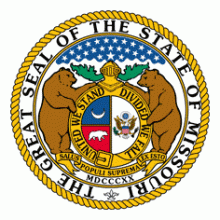Electric Cooperatives Expand Broadband in Missouri
Rural electric cooperatives were essential to expanding electricity throughout rural America after private sector business models overwhelmingly failed to electrify our farms over many decades. Electric coops embody the spirit of local community and local concerns. Cooperatives often have decades of experience with project planning and implementation. We have seen electric coops use their own existing resources as a starting point to expand broadband access to their community.
At the Calix Community Blog, there are two videos on electric co-ops, both in Missouri, that have taken on the challenge of providing broadband to their customers.
Co-Mo Electric Cooperative in Tipton, Missouri, applied twice for American Recovery and Reinvestment Act (ARRA) stimulus funding and were twice turned down. Members of the coop expressed their need for improved broadband as a way to improve the economic situation in this central Missouri community. The cooperative pressed on without stimulus funding and have extended their community footprint. Learn more from this Calix video, Co-Mo Electric Cooperative Finds Success With Fiber:
In northwest Missouri, United Electric Cooperative (UEC) is using ARRA funds to bring broadband to the community. The co-op, located in Maryville, serves residents in ten surrounding counties. UEC brought electricity to the area 70 years ago and is doing the same for broadband through their fiber optic network. Calix highlights UEC in another customer video, United Electric Cooperative Expands Broadband in Missouri:



